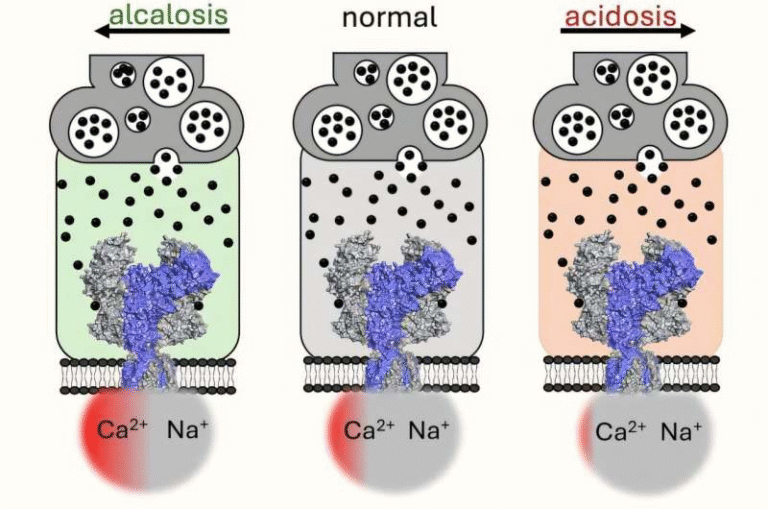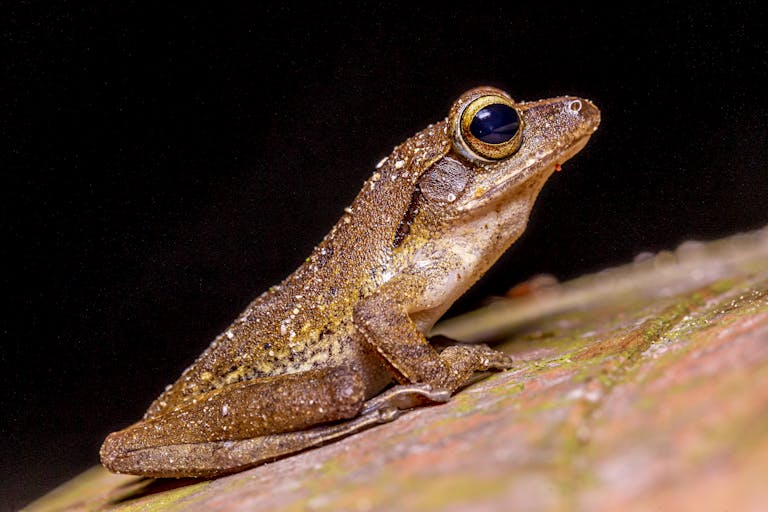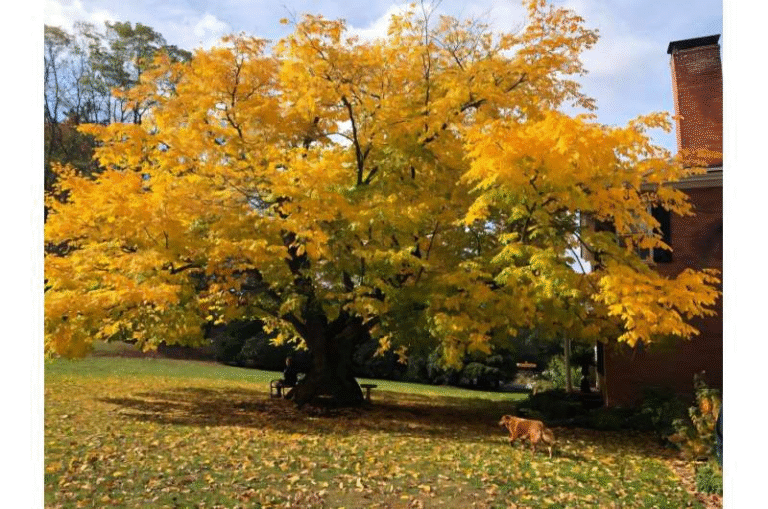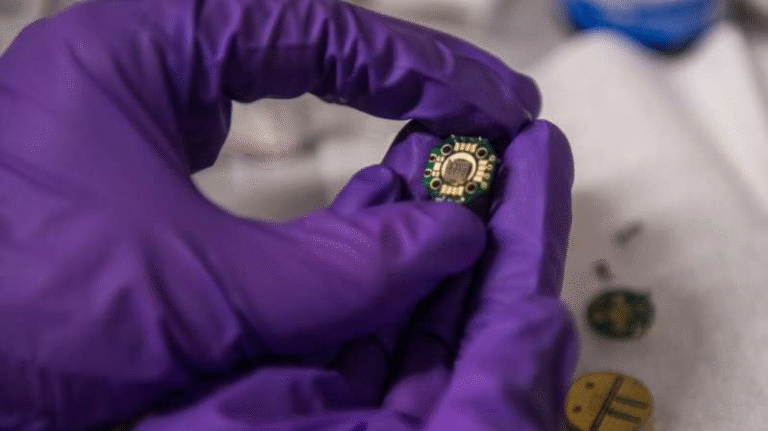A Tropical Fruit Molecule Could Change How We Treat Liver Cancer
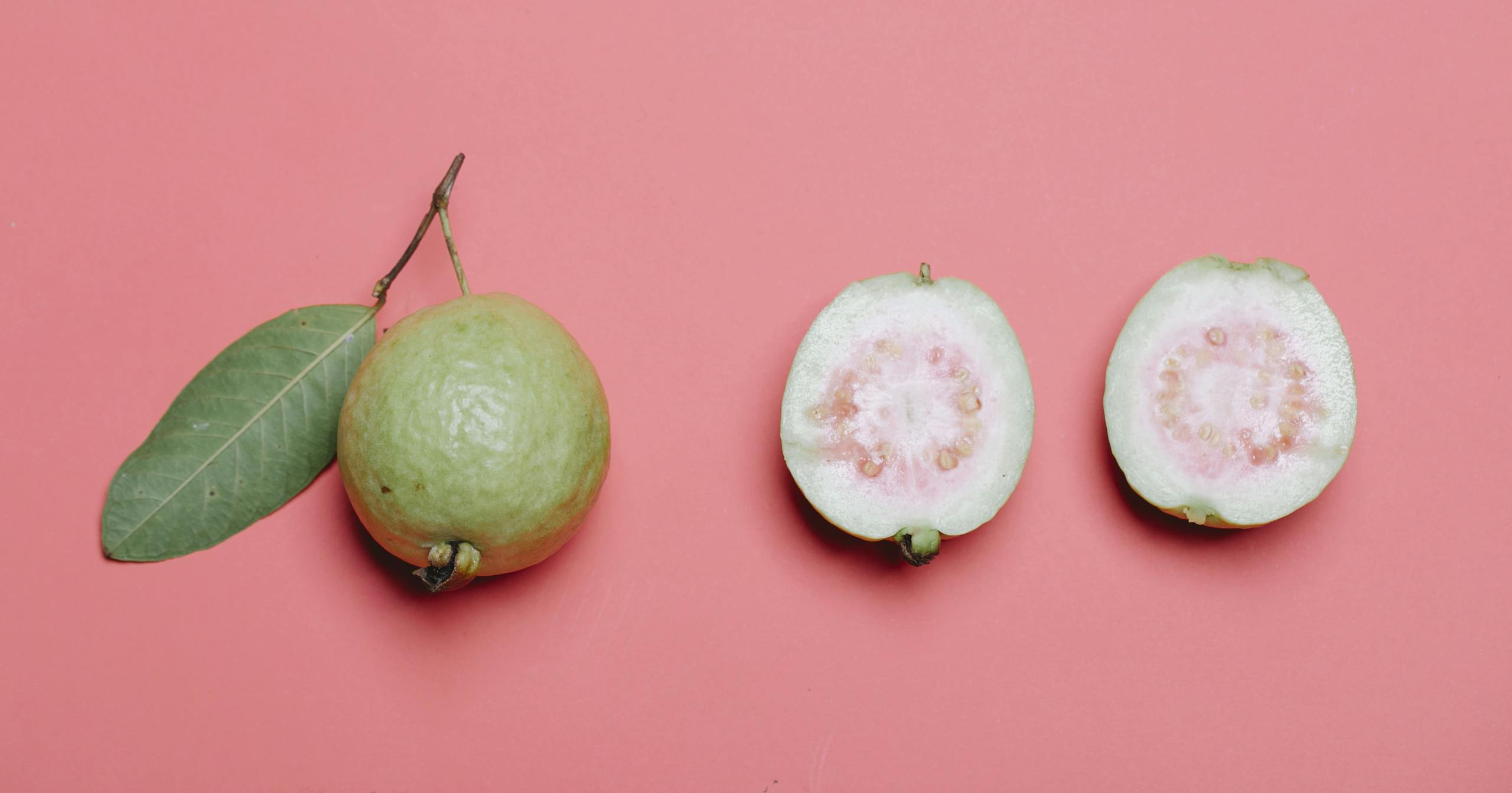
When you think of guava, you probably imagine a refreshing fruit juice or a tropical vacation snack. But scientists have now uncovered something far more powerful inside this fruit — a natural compound that could help fight one of the world’s deadliest cancers.
And the best part?
They’ve figured out a way to make it in the lab cheaply and efficiently.
Nature Has Always Been Medicine’s Playground
Many of today’s most important medicines trace their roots back to nature. Take the willow tree, for example. Its bark contains a chemical called salicin, which the body converts into salicylic acid — the foundation of aspirin. That simple natural discovery changed the world of pain relief.
Now, researchers believe guava could offer a similar story, but with even higher stakes: liver cancer treatment.
The Guava Connection
A team led by William Chain, associate professor of chemistry and biochemistry at the University of Delaware, has been studying molecules found in guava plants. These compounds have shown real promise in fighting aggressive liver cancers, which are notoriously difficult to treat.
Instead of harvesting endless amounts of guava (which would be impossible and unsustainable), the researchers used a technique called natural product total synthesis. In simple terms, they created a recipe to build these cancer-fighting molecules in the lab using readily available chemicals.
Their work, published in the respected journal Angewandte Chemie, marks a breakthrough: scientists everywhere now have a blueprint to produce these compounds on a large scale — cheaply and consistently.
Why This Matters So Much
Liver and bile duct cancers are rising dramatically worldwide. Statistically, about 1 in 125 people will be diagnosed with hepatocellular cancer in their lifetime. In the U.S. alone, projections for 2025 are grim: more than 42,000 diagnoses and over 30,000 deaths.
Treatments are costly, and for late-stage liver cancers, the five-year survival rate is under 15%. That’s why having new, more affordable therapies could be a game-changer.
As Chain put it: “The majority of clinically approved medicines are either made from a natural product or are based on one. But there aren’t enough natural resources to make enough treatments. Now chemists can follow our recipe and make it themselves.”
A Global Collaboration in the Making
One of the most exciting aspects of this breakthrough is its open-door potential. The team has provided a clear scientific pathway that other labs can now build on.
Doctoral student Liam O’Grady, the study’s first author, describes it this way: “We are the first ones to pave that road, and other people can repave it any which way. Find the shortcuts if they have to. But since we entered into that unknown territory, we helped shed light on a pathway that can get us there.”
In other words, this isn’t the final answer — it’s the start of a new frontier.
Beyond Liver Cancer
The researchers aren’t stopping at just liver-related cancers.
They are already working with the National Cancer Institute to explore whether guava-based molecules might be effective against other cancer types. If so, this discovery could expand far beyond a single disease.
Looking Ahead
This story is a powerful reminder of how much we still have to learn from the natural world. From tree bark to tropical fruits, nature holds blueprints for life-saving drugs — but it takes modern chemistry to unlock them at scale.
The guava molecule breakthrough is about more than just a new lab trick. It’s about making lifesaving treatments affordable, accessible, and scalable for the people who need them most.
And who knows?
The next time you enjoy a guava smoothie, you might be sipping on the fruit that’s helping scientists fight one of humanity’s toughest medical battles.
Source: https://onlinelibrary.wiley.com/doi/10.1002/ange.202506537

